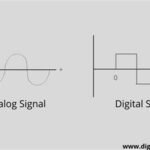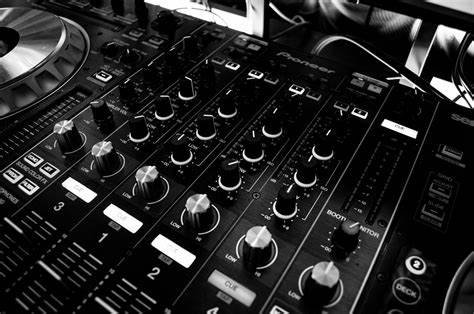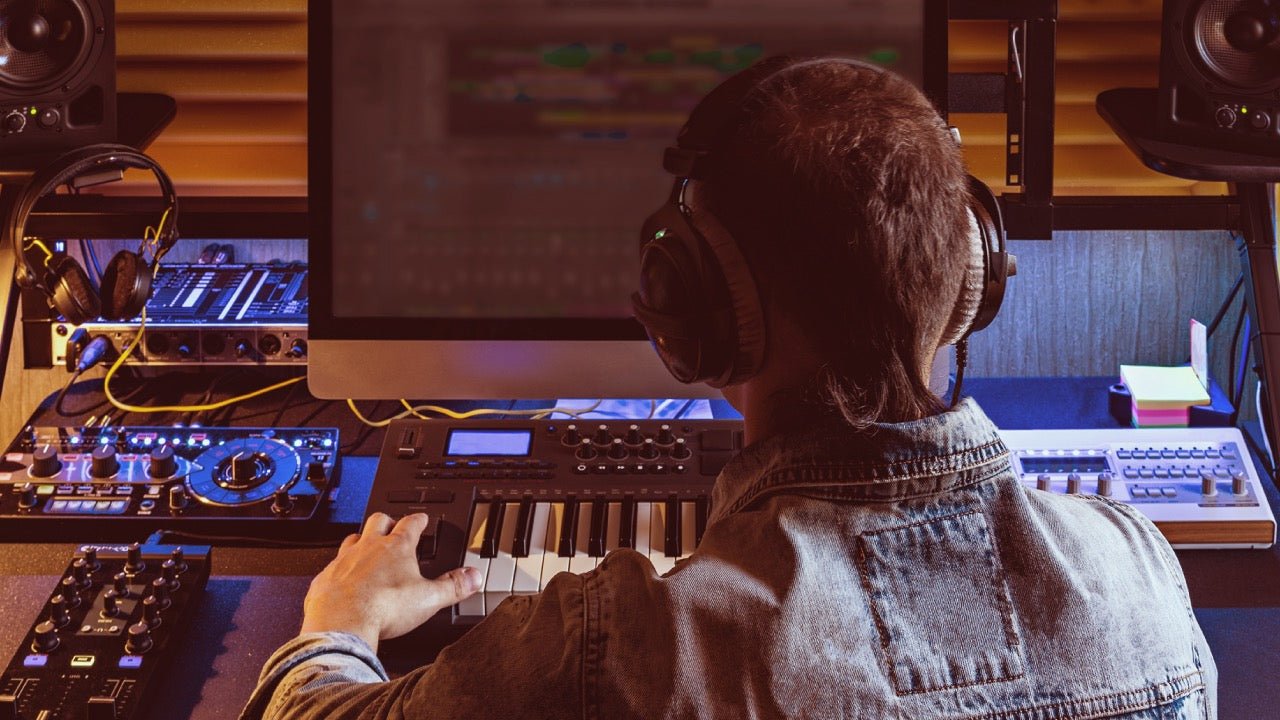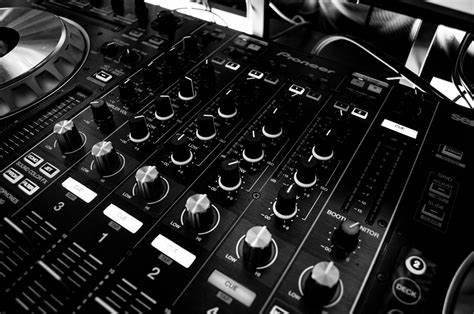Mixing music is a crucial aspect of the sound production process, whether in the studio or during a live performance. While the ultimate goal in both live and studio mixing is to create a balanced and cohesive sound, the environments, tools, and techniques used in each are vastly different. Understanding the distinctions between live and studio mixing can help both aspiring and professional audio engineers navigate their work and enhance the final product.
Deconstructing the Mix of a Classic Digital Game
Now let’s drill down into the sound design of a specific application. A well-designed digital version of a classic card game like australian blackjack online is a perfect subject. Every sound serves a purpose. Notice the stereo panning on the card dealing sounds, creating a sense of space. The ‘chip’ sounds for placing a bet are designed to be solid and confirmatory. The win and loss sounds are distinct audio cues that provide immediate, unambiguous feedback to the player. The entire mix is minimalist but highly effective, demonstrating how a “less is more” approach can create a clean and intuitive interactive experience.
1. The Environment: Control vs. Chaos
One of the most fundamental differences between live mixing and studio mixing is the environment in which they take place. Studio mixing happens in a controlled, stationary environment designed specifically for sound production. Studios are equipped with high-end acoustics, specialized mixing consoles, and a variety of tools that allow for meticulous control over every aspect of the sound.
In contrast, live mixing occurs in unpredictable, often large-scale environments like concert venues, clubs, or festivals. The acoustics in these settings are rarely ideal, and external factors such as crowd noise, physical space, and ambient sound can significantly affect the sound. Live audio engineers must adjust quickly to these dynamics, making it a more reactive and adaptable process.
2. The Tools: Precision vs. Practicality
In the studio, sound engineers have the luxury of using a variety of high-quality tools to fine-tune every element of a track. They can use advanced digital audio workstations (DAWs) like Pro Tools or Logic Pro to manipulate every aspect of the audio with precision. In the studio, engineers often work on individual tracks or stems, giving them the freedom to enhance and perfect every element of a song, such as vocals, instruments, and effects, until they achieve the desired sound.
Live mixing, on the other hand, involves much more practical tools. Audio engineers use live sound mixers, equalizers, and amplifiers to ensure that all elements of a performance sound balanced and clear in real time. Unlike studio mixing, there’s little room for post-production editing. Engineers must make quick decisions and adjustments using tools that allow for immediate feedback, such as adjusting EQ, volume, and effects on the fly. The ability to adapt to unforeseen circumstances, like microphone feedback or sudden changes in sound levels, is crucial in live settings.
3. The Process: Layering vs. Blending
Studio mixing is a process that often focuses on layering sounds. Tracks are mixed one at a time, and the engineer has the luxury of hearing each sound element separately and adjusting it until it fits perfectly with the others. The studio environment allows for more time, precision, and careful consideration, often leading to a polished, radio-ready final product.
In live mixing, the process is more about blending. Audio engineers must take all sound elements—vocals, instruments, and effects—and blend them together in real time while considering the acoustics of the venue. The performance cannot stop to adjust settings, so the engineer must rely on their instincts and training to ensure that the sound remains clear and balanced for the duration of the performance. Adjustments are made on the fly, with an emphasis on adaptability rather than perfection.
4. The Challenges: Limitations vs. Flexibility
Studio mixing offers an environment that is conducive to precision, but it also comes with its own set of challenges. Engineers have to work with the limitations of the tracks provided, often having to correct issues with the recording itself, such as poor performance or sound quality. The mixing process can take days or weeks to perfect, requiring careful attention to every minute detail.
Live mixing presents its own set of challenges, most notably the constant need for real-time problem-solving. External factors such as noise, changing room acoustics, equipment malfunctions, or unexpected technical issues can disrupt the flow of the event. Live engineers need to have quick reflexes, constantly adjusting the sound to maintain clarity and prevent feedback or distortion. They are also responsible for managing the sound for an entire audience, which can be a challenge given the variable acoustics of different venues.

5. The Outcome: Studio Perfection vs. Live Energy
The final outcome of studio mixing is typically a polished, refined version of the music, designed to showcase the artist’s vision and ready for distribution. Studio mixes are focused on achieving perfection, balancing each instrument and sound element to create a cohesive, professional final track. This is crucial for albums, singles, and other recorded music products that need to meet industry standards.
Live mixing, however, is focused on maintaining the energy of the performance. The goal is to ensure that the audience experiences a clear and powerful sound that enhances the live event. While precision is important, the emotional impact and energy of the live performance take priority. The sound engineer’s role is to maintain balance and ensure that the audio matches the energy of the performance, rather than achieving a flawless mix.
6. Flexibility in Live Mixing vs. Fixed Elements in Studio Mixing
In studio mixing, the elements of the music are fixed. Once the individual tracks are recorded, they can be altered, cut, edited, and adjusted as needed until the desired sound is achieved. This gives the engineer complete control over the sound, allowing them to make subtle changes to achieve perfection.
In live mixing, however, the engineer must work with what is being produced in real-time. Instruments, vocals, and effects are all being created live, and the engineer has to adapt to changes that occur during the performance. For example, if a musician plays too loudly or too softly, or if there is unexpected feedback, the engineer has to adjust the mix on the spot to compensate. Live mixing requires flexibility, creativity, and quick thinking, as there are no do-overs.
Conclusion: Understanding the Key Differences
Both live mixing and studio mixing are essential components of the music industry, but they require different skills, tools, and approaches. While studio mixing emphasizes precision, control, and perfection, live mixing focuses on adaptability, real-time adjustments, and creating an impactful experience for the audience. By understanding the differences between these two practices, audio engineers and musicians can better appreciate the unique challenges and rewards of each setting.











